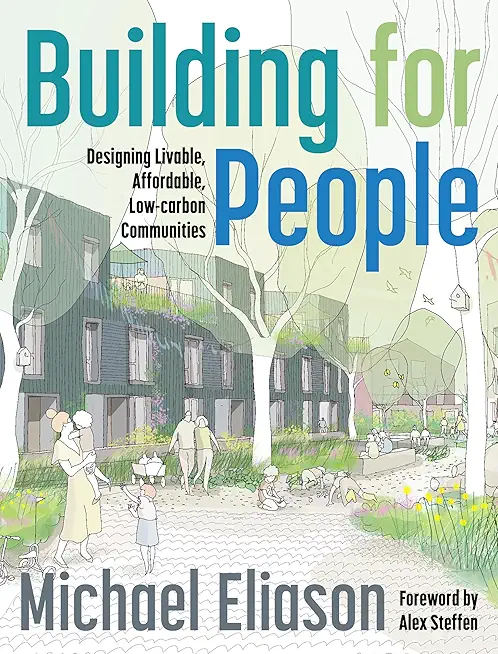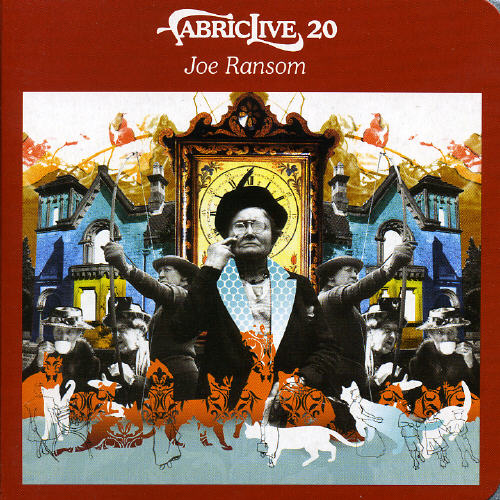
Eliason, Michael
product information
description
0Picture a beautiful, green neighborhood where most of your needs could be met by walking, rolling, or accessing transit. There is a diversity of housing types with abundant affordable and middle-income options. Schools, services, and pedestrianized streets make the neighborhood family friendly. As cities turn brownfields into green fields and look to maximize public investment in transit and infrastructure, ecodistricts are the answer. Eliason shows that this type of affordable, climate-adaptive living option is possible anywhere. In Building for People, architect and ecodistrict planner Michael Eliason makes the case for low-carbon ecodistricts and presents tools for developing these residential and mixed-use quarters or neighborhoods. Drawing from his experience working in Europe and North America, he shows the potential for new climate-adaptive ecodistricts that directly and equitably address our housing shortages while simultaneously planning for climate change. Eliason explains that to create highly livable places with a low carbon impact, ecodistricts must incorporate ample social housing for a good economic and social mix of residents, invest in open space, create infrastructure that can adapt to a changing climate, and offer car-free or car-light realms. He also looks at how public health, livability, climate adaptation, and quality of life are interconnected. Full-color photos and illustrations show what is possible in ecodistricts around the world, drawing heavily from examples in German cities. Building for People shows professionals involved in regulating, planning, or designing our communities that high-quality, low-carbon living is within reach.
member goods
No member items were found under this heading.
Return Policy
All sales are final
Shipping
No special shipping considerations available.
Shipping fees determined at checkout.







